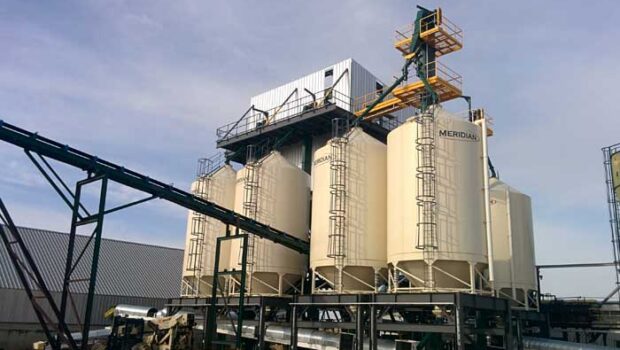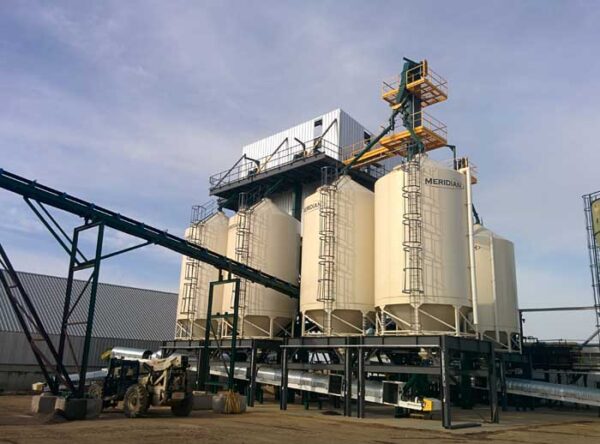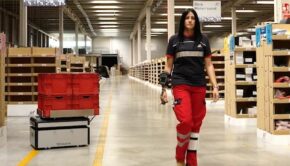What is Frac-Blowback, and Why is it So Important in the Oil and Gas Industry?
Ever since the first oil well, the Oil and Gas industry has become an indispensable part of our economy. Since then, we’ve seen a lot of development in the industry, and the ultimate goal has always been to build the most efficient operation possible. That’s precisely why you’ll see the most efficient wells supported by all kinds of technologies and solutions.
In fact, the technology is developing at such a rapid pace that we now have smart oil and gas wells.
Nevertheless, some of the old solutions are irreplaceable. One of these solutions is frac-blowback. Let’s see what it is and why it is so vital in the industry.
Defining the problem
The best way to understand what frac-blowback is to familiarize yourself with the problem it solves. Did you ever hear about hydraulic fracturing? It is basically a sophisticated drilling method. The industry has been using it for years to extract oil and gas from deep in the Earth.
The process looks rather simple on paper. To access the tightly trapped pockets of oil and gas, you need to break through the hard shale rock formation deep in the Earth.
Thanks to the power of hydraulics, engineers can create high pressure and use water, sand, and other chemicals to break through the Earth’s crust. They inject the water, chemicals, or sand (frac fluid) during the fracking process, which widens the cracks and provides access to pockets of fossil fuels.
The process is as efficient as the engineers have the ability to recover frac fluid very quickly. In order to recover oil and gas again from the well, engineers need to keep pumping frac fluid down into the depths. To recover frac fluid in the past, engineers used conventional solutions such as rod and tubing systems. Today, they have access to frac-blowback.
Frac-blowback explained
Frack-blowback is a term used for the process of recovery of frac fluid. Modern oil and gas wells use quality hydraulic pumps to leverage the artificial lift method. The efficiency of these wells depends on the engineers’ ability to lower the producing bottom hole pressure. For these pumps, which are called Artificial Lift Sytems, frac-blowback is a lifeline in terms of efficiency and productivity.
With faster frac-blowback, engineers are able to recover the frac fluid from a well significantly faster than with any other method available. Here is how it looks in practice:
- A quality pump is placed in the tubing string right above the packer;
- Power fluid, most often water, is pushed down the tubing (they use a nozzle to do it);
- Produced frac fluids are combined with the power fluid in the throat;
- Produced frac and power fluid return up the tubing.
To take frac-blowing to the next level, companies managing oil and gas wells use state-of-the-art hydraulic pumps. These powerful diaphragm surface pumps can help recover frac fluid faster. Unlike conventional models, the newer pumps have no seals and are packing-free.
Thanks to this new design, they experience minimal to no downtime and simple maintenance. Plus, they feature solutions to prevent saltwater and oil leaks.
The benefits of frac-blowback
Formation swelling can reduce permeability, thus significantly affecting the productivity of the operation at the well. Frac-blowback streamlines fast recovery of frac fluid which minimizes the risk of formation swelling.
Frac-blowback is suitable for both small and large operations. The solution really shines at scale because the modern hydraulic pumps can produce high volumes of frac sand and frac fluid. One of these pumps can produce up to 4,500 barrels per day.
Engineers still have control over an oil and gas well operation. The controlled flowback can aim for the desired production rates and achieve barrels per day goals with ease. It especially applies to gas wells because frac-blowback significantly improves its production, enabling companies to bring it to the market almost in an instant.
Unlike artificial lift systems based on nitrogen, frac-blowback uses nitrogen-free frac fluid. This means that the well is more stable because there is no backpressure whatsoever on the formation.
Frac-blowback also enables engineers on the well to get access to analytics and reports. With the dedicated software paired with pressure and other sensors in the well, engineers can get instant insight into injection pressure and production volume. Plus, the system can calculate PBHP for more comprehensive reports.
Frack-blowback refers to recovering the frac fluid, which makes oil and gas wells significantly more efficient and productive. It’s safe to assume that due to the number of benefits it brings to the table, frac-blowback continues to be the dominant method seen in the oil and gas well operations worldwide.












![Know More about Headphones [Infographic]](https://technofaq.org/wp-content/uploads/2017/05/Know-More-About-Headphones-150x150.jpg)




